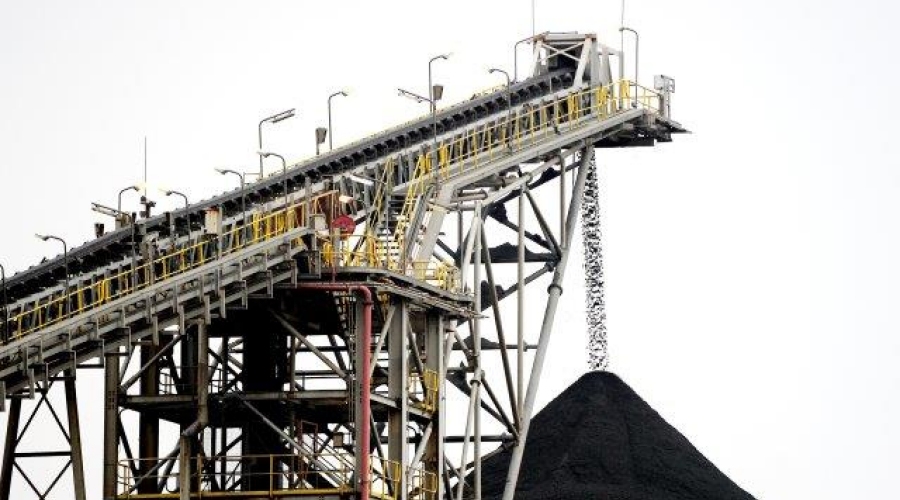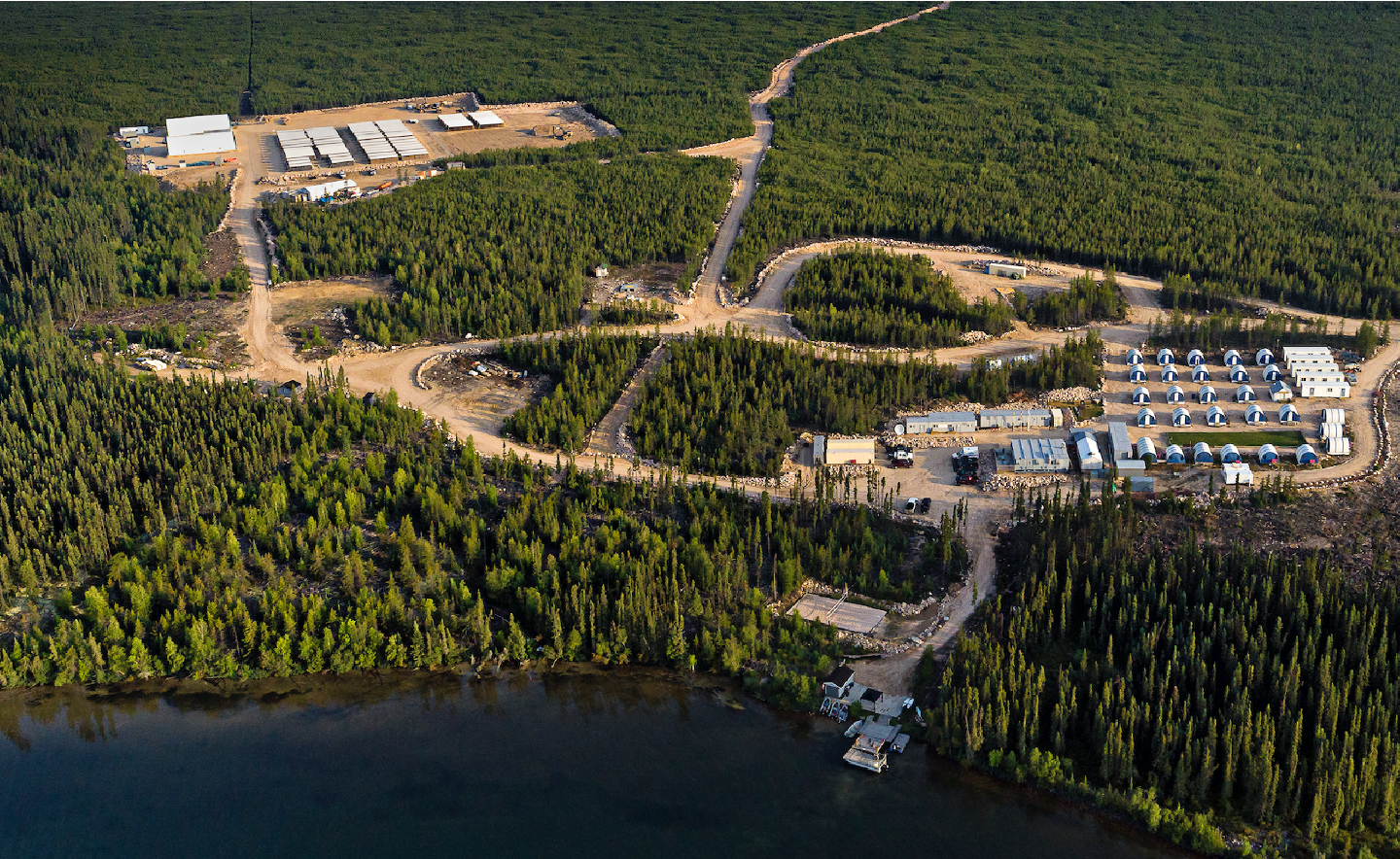The importance of fire-detection systems in underground mining

Caution should be taken when working in hazardous underground environments expecially with the risk of fires
22 August 2017: Underground mining is an exceptionally hazardous environment, as persons who work underground have limited means to escape in the event of any fire. In certain situations, there is only one escape path, which can be many kilometres long. Therefore fire-detection systems are critical for both the protection of life and property.

ASP Fire CEO Michael van Niekerk
Giving underground workers the earliest possible warning of a fire, or an impending fire, allows them the maximum time possible to respond to the fire and extinguish it, or to escape from the hazardous area if the fire is too large for them to tackle, ASP Fire CEO Michael van Niekerk explains.
Heavy machinery that operates on the surface is also a high-risk environment, as the operators are often in cabs high above the ground, with only a single means of escape in the event of any emergency. “Being able to save a multi-million rand machine from damage or total loss due to fire has obvious cost benefits for a mine,” van Niekerk points out.
Detecting a fire while it is in the incipient or smouldering phase similarly gives the machine operator the opportunity to extinguish the fire before it develops, or to evacuate the machine if the fire escalates. A fire requires three components to propagate: fuel, oxygen, and heat or an ignition source. Switching off the electrical supply to affected equipment while the fire is smouldering can prevent it from developing into a full-blown, potentially disastrous fire.
“Therefore the mining industry is passionate about health and safety, and fire prevention in particular,” van Niekerk stresses. ASP Fire is able to conduct fire-risk evaluations for mining operations, encompassing a full Hazard Identification and Risk Assessment (HIRA) of potential fires.
Typical applications for fire-protection systems in mines are: bulk-material conveyors and the high-risk areas of conveyor systems; bulk storage facilities for combustible product; critical electrical substations that feed life-support systems in a mine; electrical transformers; heavy, mobile mining equipment; server rooms; winder-house protection; safes and document archives; and office blocks, workshops, and stores.

Typical applications for fire-protection systems in mines are bulk-material conveyors
About ASP Fire
ASP Fire operates across the entire African continent from its Gauteng base, providing professional, accredited fire risk management and support to its clients. ASP Fire designs, installs and maintains a full range of fire detection and suppression equipment suited to clients’ needs. ASP Fire provides a holistic, proactive and preventative fire solution based on integrated fire risk assessment, training and consulting, with the installation and maintenance of fire detection and suppression systems that meet SABS, NFPA, FPASA, FDIA and SAQCC standards.
{{ commodity.name }}
{{ post.title }}
{{ post.date }}

Comments